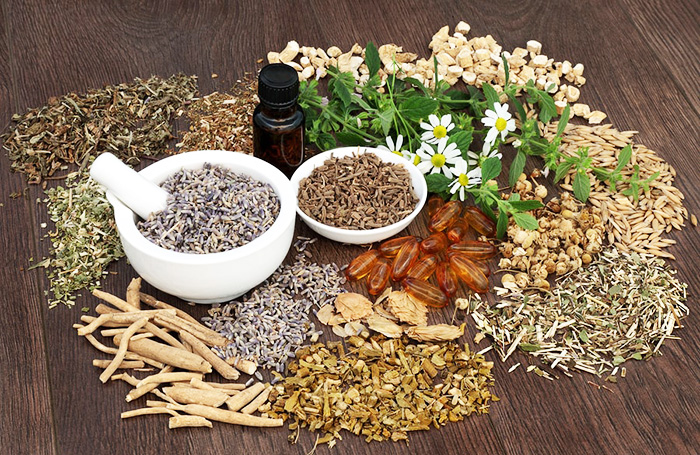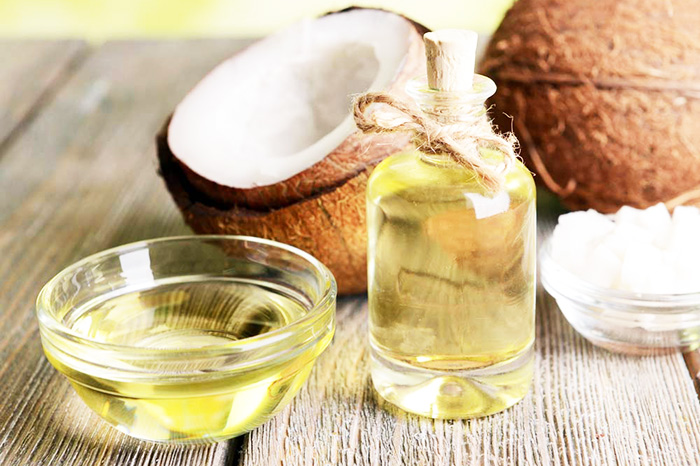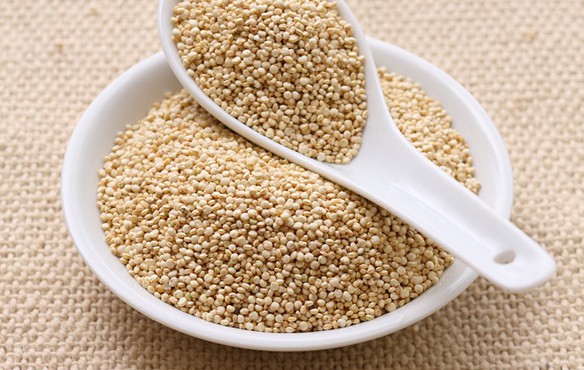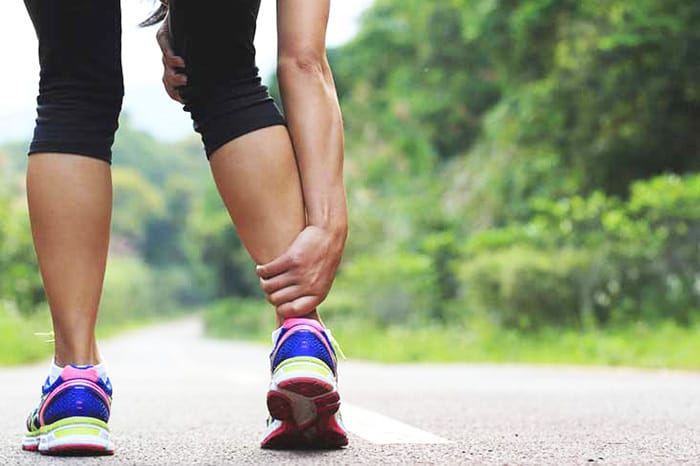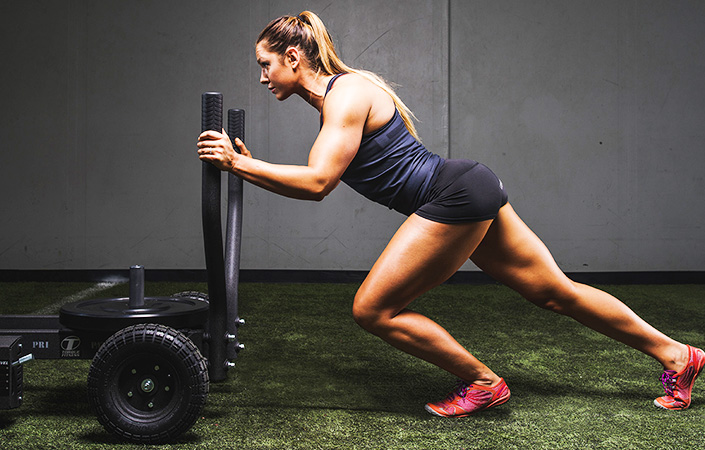If you sweat excessively because of exercise or work in a hot environment, then you are at risk of having heat cramps. They are just as painful as typical muscle cramps, and they tend to go away on their own after a while. However, medical attention may be warranted if heat cramps come with nausea, vomiting, altered level of consciousness and a few other unusual symptoms as it may already be heat exhaustion or heat stroke, which is an entirely different thing.
Keep on reading if you tend to experience heat cramps a lot. Below you will come across some of the most important matters about it, from its causes to preventive measures.
Causes
According to medical doctors, heat cramps show up when your body gets depleted of sodium, large amounts of which can be flushed out of the body when you sweat excessively.
It’s exactly for this reason why heat cramps commonly strike individuals who exercise intensively or for long periods of time — they tend to sweat a lot, so they lose a lot of sodium that’s needed for the proper functioning of the muscles. Heat cramps can happen most especially if fluids that contain no sodium are the ones being consumed.
People who work in hot environments such as factories are also prone to having heat cramps, and it’s because of this why a lot of factories across the globe provide their employees with sodium-containing fluids.
Symptoms
Heat cramps are characterized by painful involuntary spasms or jerking movements of the muscles. They tend to occur a few hours after the individual engages in exercise or works in a hot environment that causes him or her to lose a lot of sodium through the skin by means of sweating excessively.
Most of the time, heat cramps affect muscles that are easily fatigued by intense exercise or labor such as the calves, thigh muscles and those in the shoulders. Heat cramps tend to happen a lot during the first few days of carrying out activities that a person is not really accustomed to.
The cramping part can be continuous or intermittent, although it usually goes away on its own after a while. However, there are instances in which heat exhaustion or heat stroke may be the one that’s happening, not heat cramps. Some of the telltale signs that there could be a bigger problem include headaches, nausea, vomiting, feeling faint, altered level of consciousness, increased body temperature, shortness of breath and rapid heart rate.
If the things mentioned above are being experienced by an individual, it’s imperative for him or her to receive prompt medical attention as his or life could be in danger.
Remedies
Provided that none of those unusual symptoms accompany heat cramps, then there is no need to panic. Just like what’s mentioned earlier, heat cramps tend to go away on their own after a while. There are also some things that may be done to help alleviate heat cramps. Some of them include:
Putting on hold the physical activity that has caused heat cramps to strike
Staying in a shaded or cool place to stop the body from overheating
Glugging down sodium-containing fluids such as sports drinks and boxed fruit juices
Consuming a homemade electrolyte drink — 2 cups of water with 1/8 teaspoon of salt
Gently stretching the cramping muscles
Prevention
When embracing an exercise regiment, it’s a good idea for anyone to gradually increase intensity in order to get the body accustomed to it. Working out in a cool, shaded or well-ventilated area can help prevent heat cramps from striking. Definitely, drinking sodium-containing fluids can be very helpful.
Someone who is new to a hot working environment may experience heat cramps during the first few days. But once the body gets accustomed to the new environment, the problem will stop showing up. Making sure that lost sodium is replaced adequately can help minimize heat cramps.
